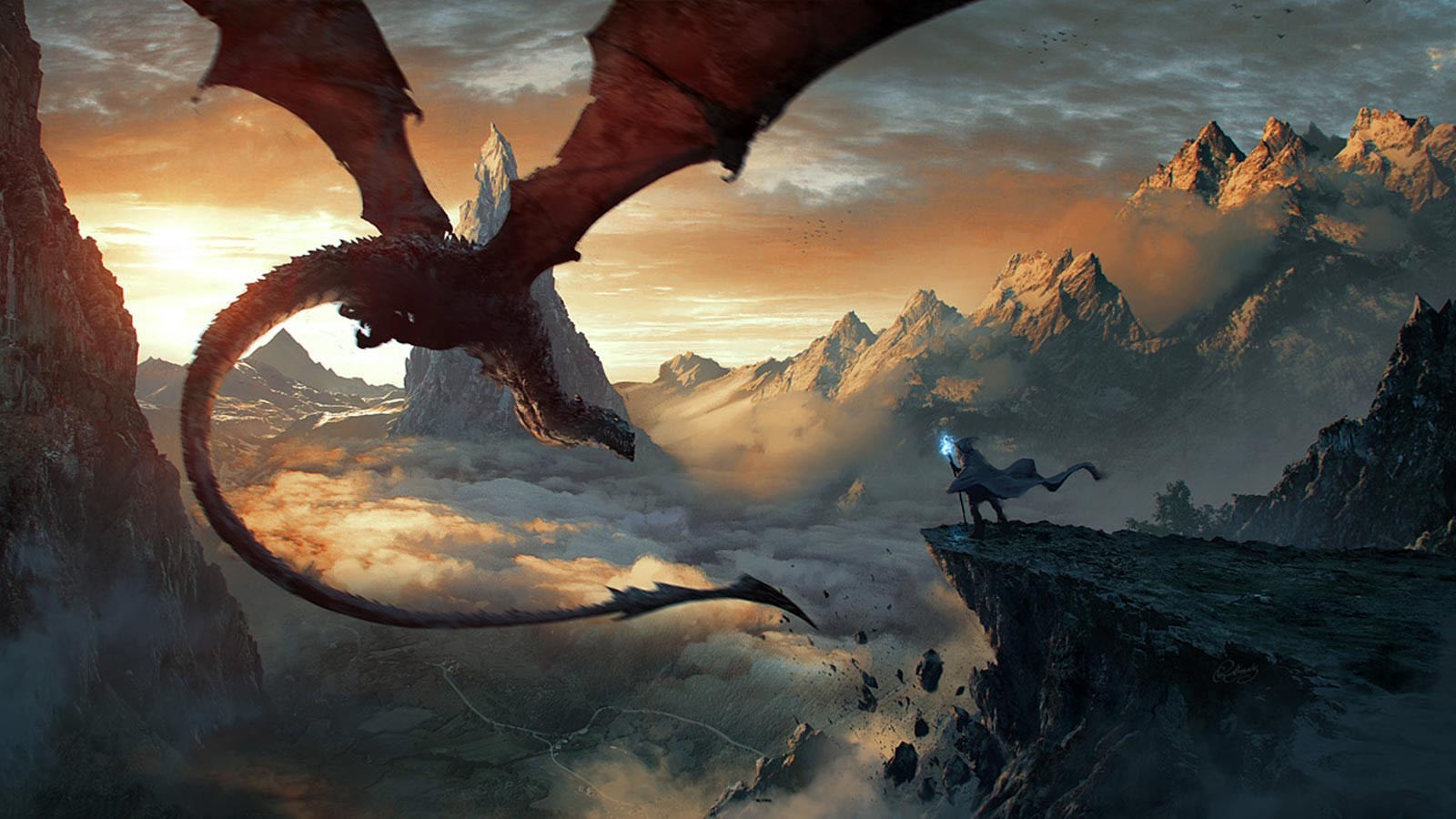


If your paintings of my original design are offered for sale in a retail setting of any kind, please attribute ‘Original design by Cinnamon Cooney, The Art Sherpa. Let’s collaborate! This artwork is under copyright and is intended for the viewer’s personal enjoyment. We have ideas, guides and a few fun little extras to make bringing the Art Sherpa to your community one big party. If you’d like to share our tutorial/original painting design with a church group, skilled nursing facility or other nonprofit interest, do get in touch. Did you sell a painting of my original design via private sale? Congratulations and big art high fives!įor commercial use or licensing in the painting party, social painting, or other venues please visit our business website: and is intended for the personal enjoyment of the student. HEART MAIL: Art Sherpa 204 9490 fm 1960 RD W suite 200 Humble tx 77338Īrtwork is the property of Cinnamon Cooney and The Art Sherpa LLC. The unusual thing about Rubens was that his sketches were generally executed in oil paint on panel (as opposed to chalk on paper) and that he preserved the fresh ‘evolving’ character of a sketch in his finished paintings.Want to see something? Just comment! Tell me what you'd like to paint, or what you want to know about art. However the whole process is typical of Rubens’s ‘expanding’ landscapes (of which there are many examples) and corresponds to the way in which he (and indeed any artist) works on a sketch: beginning carefully in the centre and becoming more summary towards the margins. If the middle section was painted as Rubens left London the outsides could have been added in Flanders when Porter acquired the work for Charles I (perhaps to make it grander and more royal). These additions are almost certainly by Rubens but executed more rapidly than the centre and with a thinner application of paint. This in turn required strips to be added to the left and top to prevent the whole from becoming lop-sided and further mini-episodes to be created to fill corners. Rubens stitched a further eight rectangles of canvas to this basic ‘core’, the purpose of which seems to have been to add two new episodes: the mounted standard bearer to the right and the ‘Birth-Death’ contrast across the bottom. Cadmus, the mythological founder of Thebes and brother of Europa, while on his. This is clearly a satisfactory composition in its own right and is very beautifully and delicately painted. The subject of this painting is taken from Book III of Ovids Metamorphoses. The original composition sits in the left middle of the final one, its left edge just including the tower, its right edge just two complete tree-climbers, its top edge just two angels and its bottom edge just the base of the trunk of the left-hand tree. The Princess does not look anything like his Queen Henrietta Maria as has also been suggested.Īs with almost all Rubens’s landscapes this one grew in the making the many joins in the canvas are visible to the naked eye.

Roger de Piles was the first to suggest (in 1677) that the setting and characters here are specifically English since then it has been generally agreed that the river is roughly-speaking the Thames (perhaps showing the view from York House where Rubens lodged in London) and that St George is a portrait of (or at an allusion to) Charles I. The painting was later ‘bought back’ for Charles I by his ambassador to the Spanish Netherlands, Endymion Porter, probably in 1634-5. This work was described in 1630 as one executed by Rubens ‘in honour of England’, which he sent home to Flanders as a ‘monument to his abode & employment here’ (Rubens stayed in England as a diplomat from 1629-1630).


 0 kommentar(er)
0 kommentar(er)
